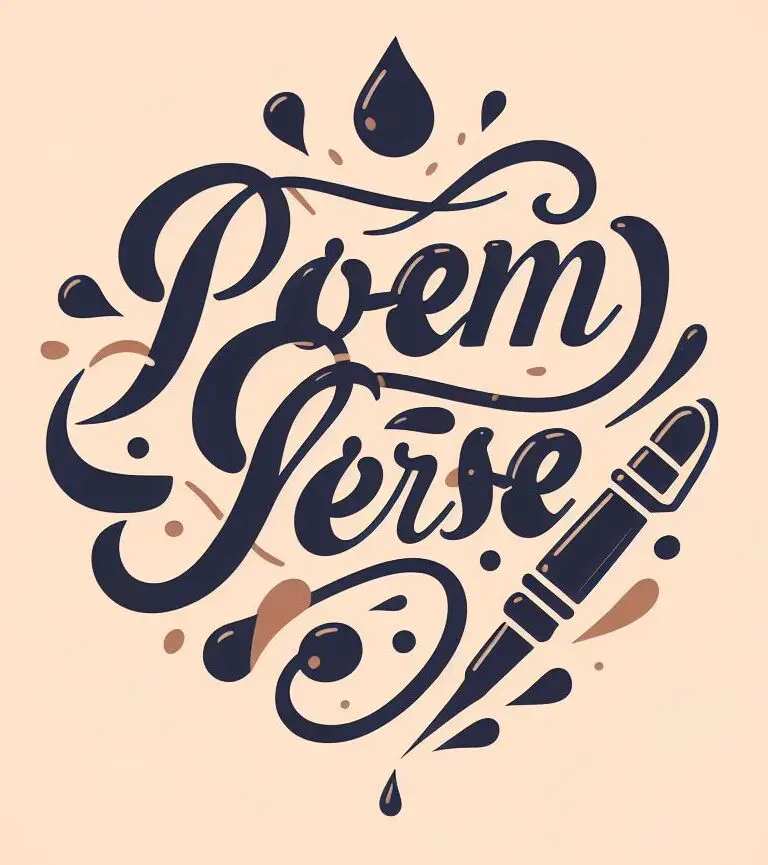Poems about Fear and Hope: Exploring the Depths of Emotion
Poetry has long been an art form that allows us to delve into the depths of human emotion, and perhaps no emotions are as universal as fear and hope. These two powerful sentiments inspire countless poets to explore their complexities, often intertwining them in their verses. In this article, we embark on a journey through the realm of fear and hope in poetry, highlighting a few remarkable examples along the way.
Fear: The Dark Shadow That Haunts Our Hearts
Fear, with its gripping hold on our hearts and minds, has been a recurring theme in poetry throughout the ages. It is a primal emotion that can paralyze us or ignite our fight-or-flight response. Poets often use fear to explore the depths of their own vulnerabilities or to reflect on collective fears that plague humanity.
One notable poem that encapsulates the essence of fear is "The Raven" by Edgar Allan Poe. In this haunting piece, the speaker encounters a mysterious raven, which symbolizes the narrator's fear and the impending doom that haunts him. The repetition of the word "nevermore" throughout the poem amplifies the speaker's escalating fear, leaving readers with an eerie sense of dread.
Example Poem: "The Raven" by Edgar Allan Poe
Once upon a midnight dreary, while I pondered, weak and weary,
Over many a quaint and curious volume of forgotten lore—
While I nodded, nearly napping, suddenly there came a tapping,
As of some one gently rapping, rapping at my chamber door.
“’Tis some visitor,” I muttered, “tapping at my chamber door—
Only this and nothing more.”
Hope: The Ray of Light in the Darkest Night
While fear may cast a shadow over our lives, hope serves as a beacon of light that guides us through the darkest nights. Poems that celebrate hope instill a sense of optimism and resilience, reminding us that even in the face of adversity, there is always a glimmer of possibility.
One such poem is "Hope is the Thing with Feathers" by Emily Dickinson. Through vivid imagery and metaphor, Dickinson personifies hope as a bird that resides in our souls, singing an everlasting tune that sustains us through hardships. The poem's uplifting message encourages readers to never lose hope, for it is an unwavering force that can carry us through life's trials.
Example Poem: "Hope is the Thing with Feathers" by Emily Dickinson
Hope is the thing with feathers
That perches in the soul,
And sings the tune without the words,
And never stops at all,
And sweetest in the gale is heard;
And sore must be the storm
That could abash the little bird
That kept so many warm.
Fear and hope, like two sides of a coin, represent the contrasting but interconnected aspects of the human experience. Through poetry, we can explore the depths of these emotions, confronting our fears and embracing the glimmers of hope that sustain us. With poems such as Edgar Allan Poe's "The Raven" and Emily Dickinson's "Hope is the Thing with Feathers," we are reminded of the power of words to evoke and evoke powerful emotions. So, let us continue to seek solace and inspiration within the verses that explore the depths of fear and the heights of hope.

Entradas Relacionadas